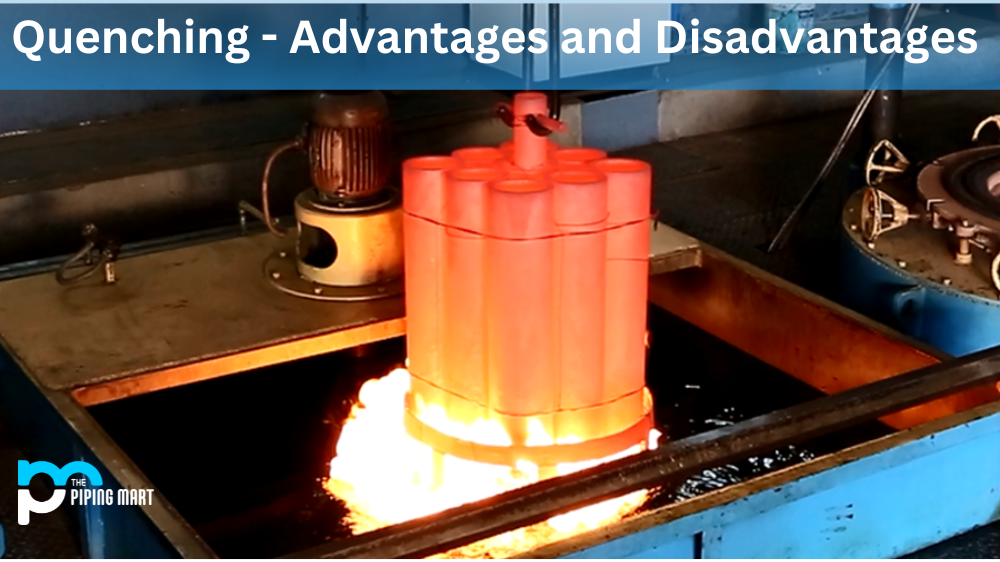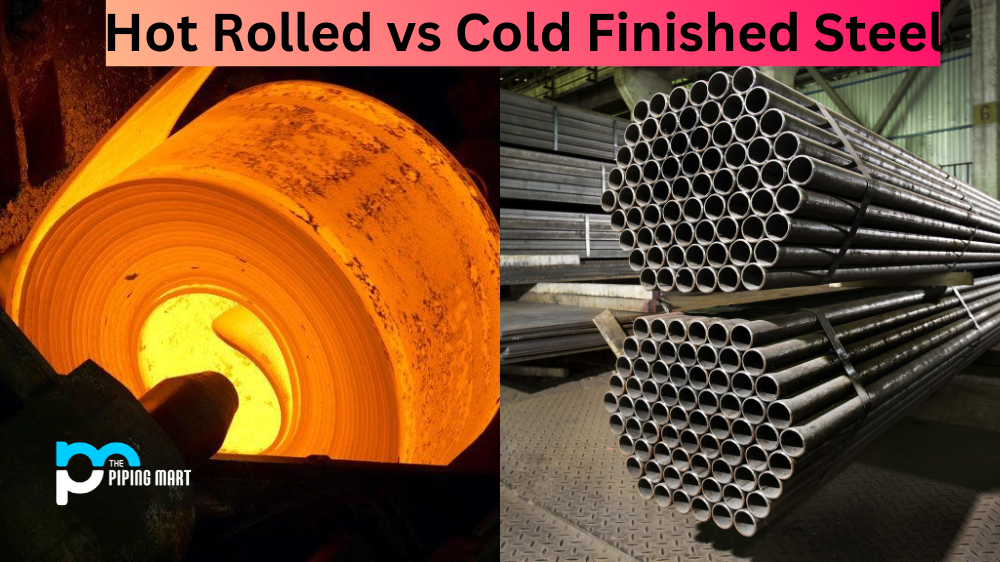Valves are essential components of any piping system, and they come in different shapes, sizes and types. One particular type that you may have come across is the isolation valve. An isolation valve is used to regulate or control the flow of liquid or gas through a pipeline by completely shutting it off or allowing a certain amount to flow through. In this blog post, we will discuss the different types of isolation valves, what they are used for, and their benefits.
Types of Isolation Valve:
Gate Valves –
A gate valve is a type of isolation valve that uses a wedge-shaped gate to control the flow of fluid. When the valve is open, the gate retracts into the valve body, allowing liquid or gas to flow through. When the gate is closed, it shuts off the fluid flow entirely. Gate valves are used in applications where a full flow of fluid or gas is required without any pressure drop. They are typically used in the oil and gas industry to control the flow of crude oil or natural gas.
Ball Valves –
A ball valve is another isolation valve that uses a ball-shaped disc to control fluid flow. The disc has a hole that allows fluid or gas to flow through when the valve opens. When the valve is closed, the ball rotates to block fluid passage. These valves are typically used in applications where a quick and easy shut-off is required, such as in water supply lines.
Globe Valves –
A globe valve is a type of isolation valve that has a spherical body with an internal baffle that separates the inlet and outlet ports. The baffle has a spindle that can be raised or lowered to control fluid flow. Globe valves are commonly used in applications where precise control of the fluid flow is required, such as in the chemical industry.
Check Valves –
Unlike the other isolation valves, a check valve does not control fluid flow. Instead, it prevents backflow in a pipeline by automatically shutting off when the flow of fluid changes direction. Check valves are commonly used in water supply systems, preventing the backflow of contaminated water into the clean water supply.
Butterfly Valves –
A butterfly valve is a type of isolation valve that uses a disc, which rotates around a central shaft, to control the flow of fluid. The disc is positioned perpendicular to the fluid flow when the valve is closed, and it rotates parallel to the flow of fluid when the valve is open. Butterfly valves are typically used in large pipeline applications where a quick shutoff is required.
Conclusion:
Isolation valves are crucial in regulating the flow of liquid or gas in a pipeline. There are several types of isolation valves available, each used for specific applications. Understanding the different types and their uses can help you choose the right valve for your pipeline. Whether you need a valve for crude oil, natural gas, water supply or chemical processing, each type has its benefits and limitations. Consult with a piping system expert to help identify the best isolation valve for your application.
Sakshee is a talented blogger, with a particular focus on the Business and Metal Industry. She is passionate about sharing her insights on various metal products and helping professionals to make a better decisions.




